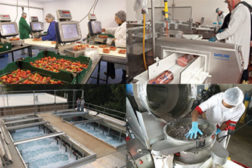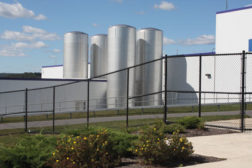Wayne Labs
Wayne Labs has more than 30 years of editorial experience in industrial automation. He served as senior technical editor for I&CS/Control Solutions magazine for 18 years where he covered software, control system hardware and sensors/transmitters. Labs ran his own consulting business and contributed feature articles to Electronic Design, Control, Control Design, Industrial Networking and Food Engineering magazines. Before joining Food Engineering, he served as a senior technical editor for Omega Engineering Inc. Labs also worked in wireless systems and served as a field engineer for GE’s Mobile Communications Division and as a systems engineer for Bucks County Emergency Services. In addition to writing technical feature articles, Wayne covers FE’s Engineering R&D section.
Senior Contributing Technical Editor
ARTICLES
Food Safety
Semper paratus! Food defense depends on it
“Always prepared” is good advice for protecting the food supply, and it’s the law.
May 6, 2014
Engineering R&D
Making ammonia safer and more efficient in refrigeration applications
Borne out of necessity, new ammonia refrigeration technology uses 1 percent of the refrigerant quantity of previous systems and increases efficiency.
May 6, 2014
Manufacturing News
Talking outside the box: Are we connected yet?
The industrial "internet of things" is close at hand—or already here.
March 8, 2014
Elevate your expertise in food engineering with unparalleled insights and connections.
Get the latest industry updates tailored your way.
JOIN TODAY!Copyright ©2024. All Rights Reserved BNP Media.
Design, CMS, Hosting & Web Development :: ePublishing










